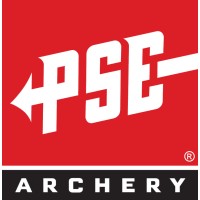
Kinsey's
Founded in 1952, Kinsey’s is a leading distributor to the outdoor and archery industry. Carrying more than 31,000 products from more than 400 vendors, the company offers domestic and international retailers a wide array of products and services including a 1,000-page catalog; an online ordering system; a renowned special order arrow program and more. The company owns innovative consumer brands including October Mountain Products™, Fin-Finder®, BlackHeart™, Elevation® and Alpine™ .






